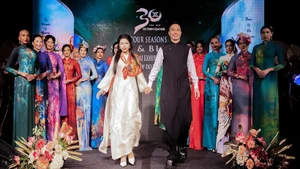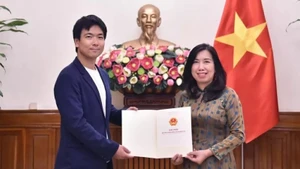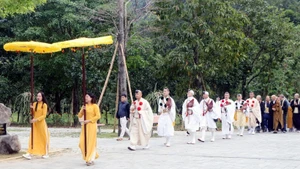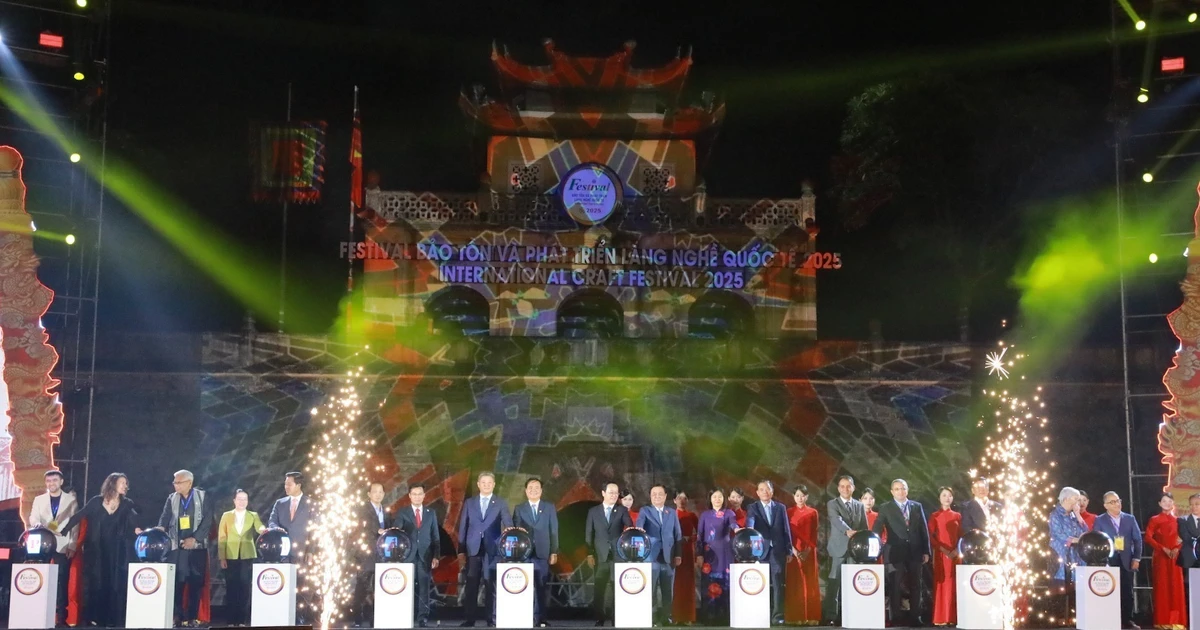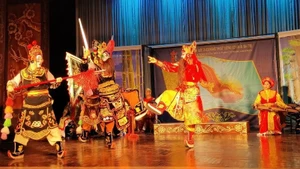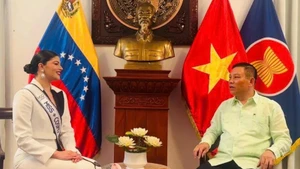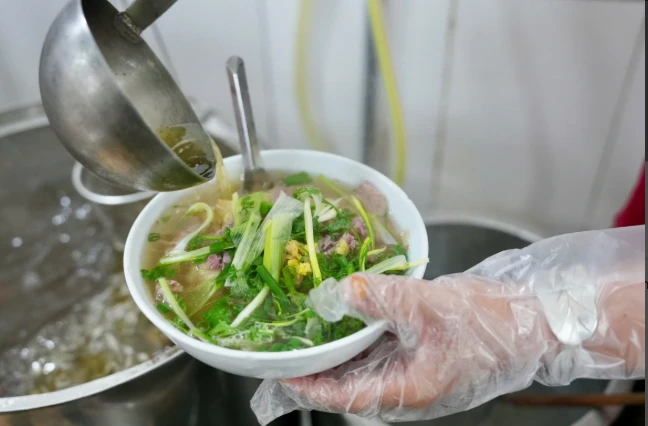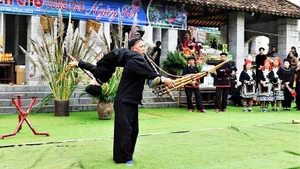At a recent workshop on issues facing Vietnamese photography in the new era organised by the Viet Nam Association of Photographic Artists (VAPA), numerous viewpoints were expressed and solutions proposed to safeguard copyright, individual creativity, and national cultural identity.
The mission of contemporary photography
According to VAPA President Tran Thi Thu Dong, Vietnamese photography has long accompanied the nation’s historic milestones — from images capturing the great resistance wars to those reflecting today’s process of renewal.
In the era of AI proliferation, photography faces two major challenges: a deluge of images, where anyone can become a photographer; and the fragility of authenticity — the very foundation of photographic art — in the face of algorithmically generated imagery.
From a theoretical perspective, photography critic Pham Tien Dung said that contemporary photography is shifting from an art of light to an art of emotion. Whereas photography once focused primarily on documenting reality, each image today serves as cultural and emotional discourse.
Vietnamese photography, he argued, must move beyond merely “photographing what we see” towards “photographing what the world needs to see”, affirming the artist’s individual imprint and social responsibility. In photography, emotion and independent thinking are elements that even the most sophisticated technologies cannot replace.
Photojournalist Luu Quang Pho noted that the VAPA currently has more than 1,000 members nationwide. The association, he said, needs flexible mechanisms and diverse forms of encouragement to stimulate creativity, promote digital publication of works, and strengthen local exchange activities instead of relying on costly and infrequent competitions.
Photographers Hai Huy from Quang Ninh and Hoang An from Quang Tri proposed reforming judging panels in the digital transformation era — an essential step to ensure fairness and unleash creativity. This includes nurturing a younger generation of judges with modern thinking as well as applying technologies such as anonymous submissions and public online scoring.
Another key direction is the preservation and promotion of photographic heritage — a precious visual memory of the nation. According to photographer Tran Tan Vinh from Da Nang, thousands of valuable documentary photographs are at risk of deterioration or loss. He proposed accelerating digitisation, classification, and preservation efforts, along with the establishment of a national photographic database.
Historical photographs, he stressed, are not merely records of the past but vital sources of inspiration for contemporary art, media, education, and tourism.
From a policy standpoint, he recommended that the government recognise photographic heritage as part of the nation’s intangible cultural heritage, while training experts in photo restoration and archiving, and encouraging communities to donate or share valuable documentary images.
Nguyen Trung Kien at Can Tho University proposed the creation of a National Photographic Data Repository — a digital infrastructure of cultural strategic importance aimed at preserving and effectively utilising the photographic heritage of Viet Nam — paving the way for the establishment of a Viet Nam Photographic Heritage Fund and a standardised data system.
The future of Vietnamese photography
Vietnamese photography is aligning with global trends as it enters the “post-photography era”, whereby images are no longer confined to physical frames but become materials for conceptual thinking.
To truly connect with viewers, photographers of the new era must avoid repetitive mindsets, conventional compositions, and formulaic subjects, moving beyond illustrative photography.
Dr Phi Thi Thu Ha of the Ho Chi Minh City Photography Association observes that the trend of integrating photography with installation art, performance, and virtual reality technologies is expanding the boundaries of creativity.
In this space, images both reflect and converse with life, becoming a “sociological medium of the visual”. This is evident in numerous photographic projects addressing environmental issues or focusing on communities such as children, the elderly, rural women, and people with disabilities.
From an educational perspective, many suggested that arts institutions should integrate interdisciplinary training, from aesthetics and philosophy of imagery to media technologies, to cultivate a generation of artists capable of thinking visually. The field of theory and criticism must also innovate, shifting from technical assessment to evaluating the cultural, ideological, and social values of photographic works.
Alongside this, the establishment of creative spaces, exhibitions, and awards dedicated to experimental photography will help foster dialogue between photography, visual arts, and new technologies.


